Recycling Lesson
This lesson is designed for elementary and middle school students to build a better understanding of what recycling means and the importance of it.
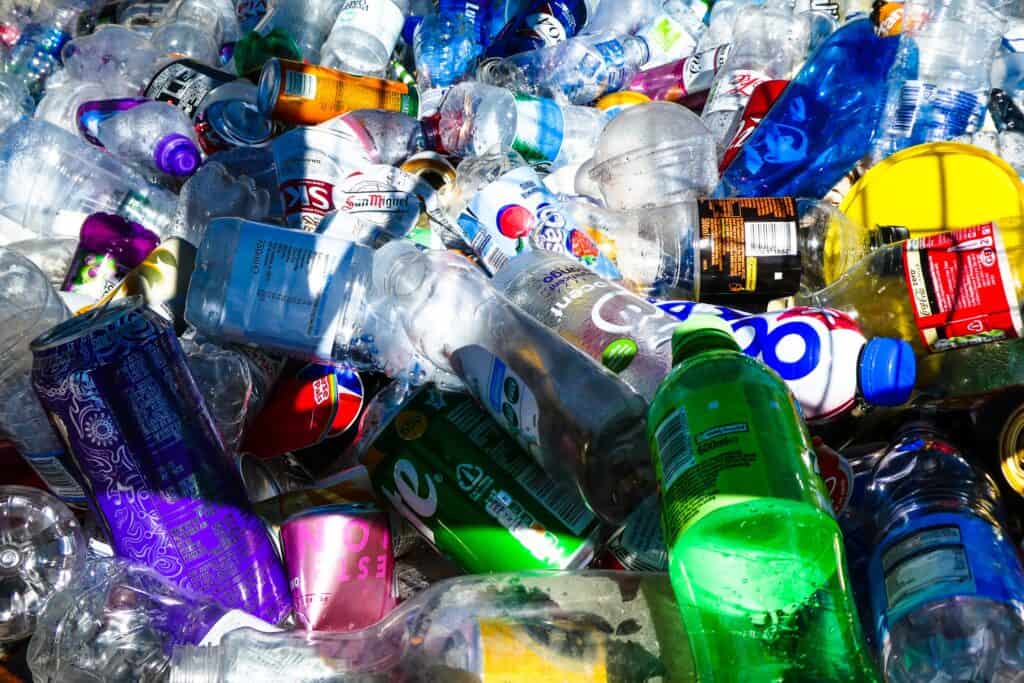
Questions to ask before the lesson:
Do your families recycle?
What are some items we recycle?
Why is recycling important?
Recycling is the process of turning waste into a reusable material. The main purpose of recycling is to reduce the amount of waste being put back into the environment. It can take over 450 years for plastic to completely decompose which means we will be living with it for a long time. That means we need to make sure that plastic is properly disposed of or reused to limit the amount of plastic going into ecosystems like the ocean.
Items That Can Be Recycled….
Bring the classroom environment into the conversation: what in the classroom can be recycled? Instead of throwing things in the classroom away, can the items be reused?
What’s an easy way to see if something is recyclable?
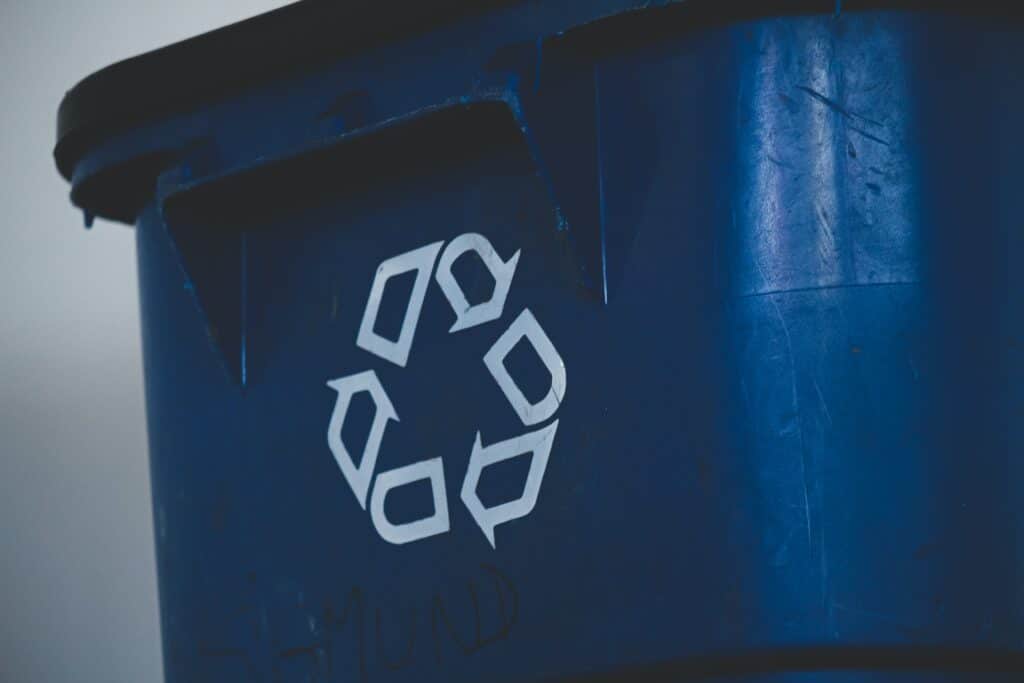
This is the most common sign of recycling. Most recyclable items have this symbol on the packaging, and garbage cans with this symbol are where you can place your recyclables..
Questions to ask students:
Do you think our school/classroom could do better with recycling? How could we improve?
What are ways you might recycle certain items? How might you reuse a glass bottle or a cardboard box?
Cartography Lesson
This lesson is designed for middle school history and/or geography students to build an understanding of maps and to help students read maps for future lessons.
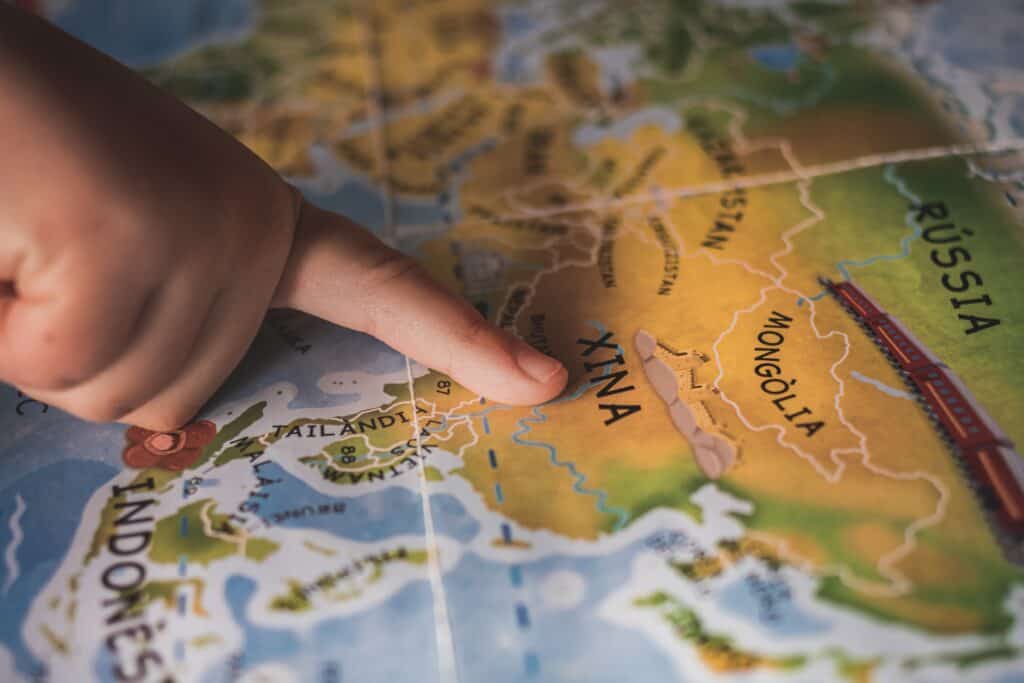
Questions to ask before lesson:
What are common things we see on a map?
What can maps be used for?
Where is North, South, East and West?
Cartography is the study of map making or the practice of map drawing. Maps are very useful tools. They can show us where we are; they can show us where we want to go, and they can show us places we have never been to. Maps are very useful for us to see where we are in relation to others or other countries.
Most maps need to have….
Activity: Have students try and draw a map of their school, classroom, or community using the basics most maps have (listed above).
A bigger project could be students creating their own countries by mapping it out using the basics most maps have (listed above).
Questions to ask students:
How are maps on our phones different from maps on paper? Do we see the same things on these two types of maps?
How might a map show mountains, plateaus or other elevated surfaces on a landscape?
Do you think maps can go out of date? Why or why not?
Photo Links and Credits
Featured Image: Photo by NeONBRAND on Unsplash
Recycling Lesson: Cartography Lesson:
Photo by Patricia Valério on Unsplash Photo by Andrew Neel on Unsplash
Photo by Nick Fewings on Unsplash Photo by Xavi Cabrera on Unsplash
Photo by Jon Moore on Unsplash Photo by niklas_hamann on Unsplash
Photo by tanvi sharma on Unsplash Photo by Denise Jans on Unsplash
Photo by Joe Dudeck on Unsplash Photo by British Library on Unsplash

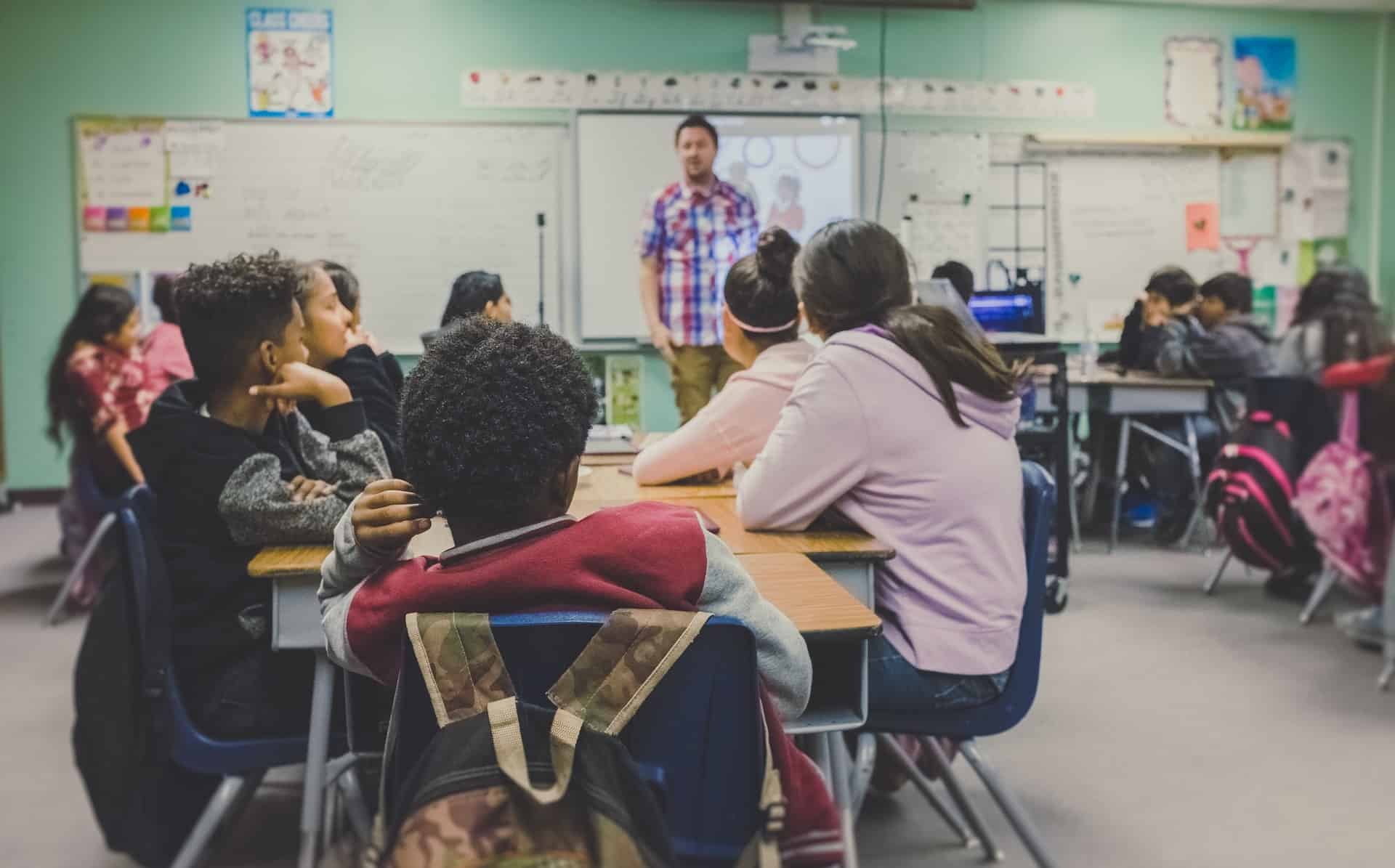
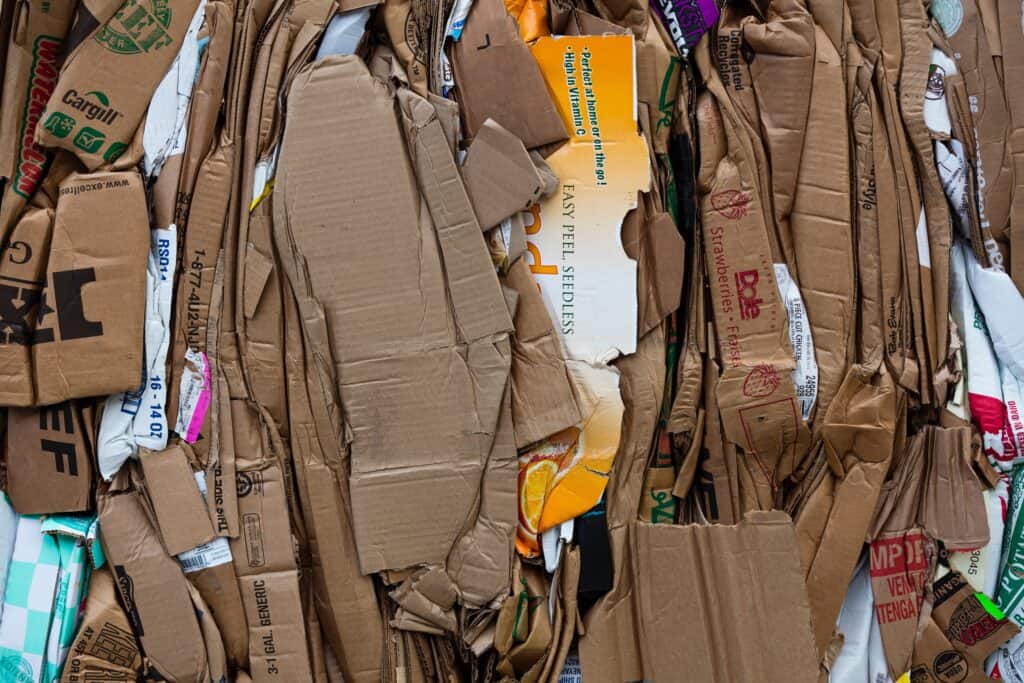
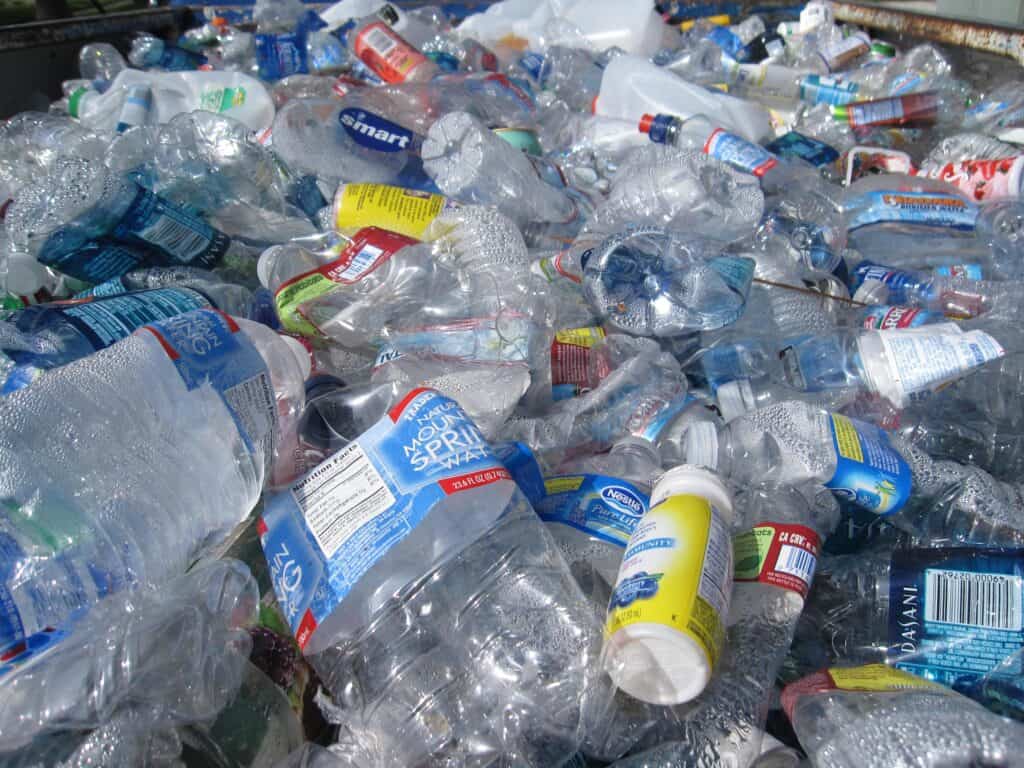
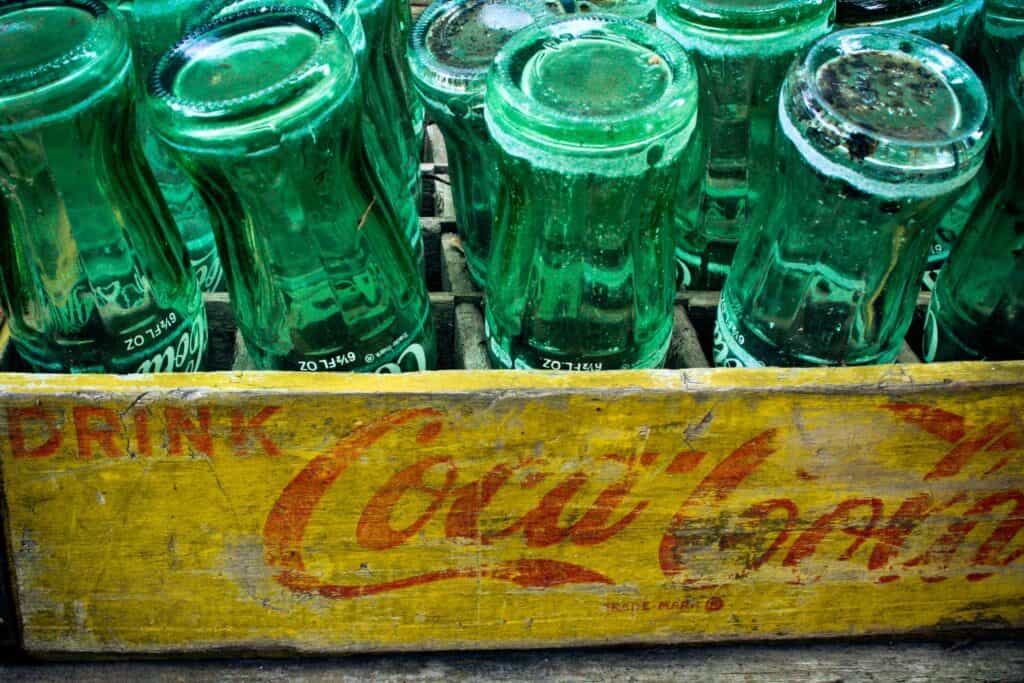
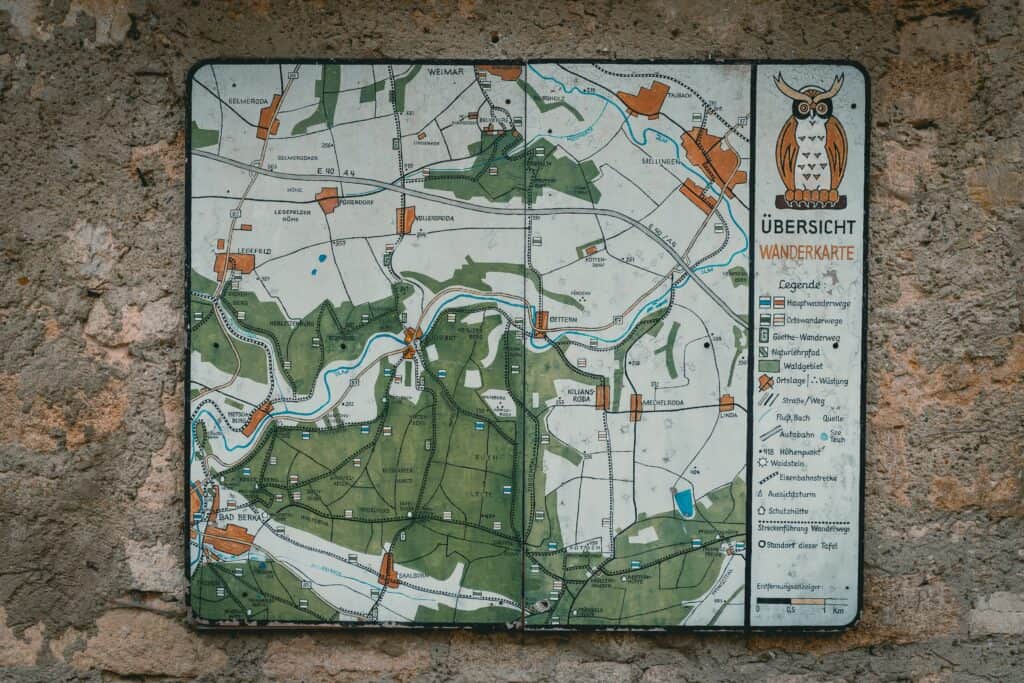
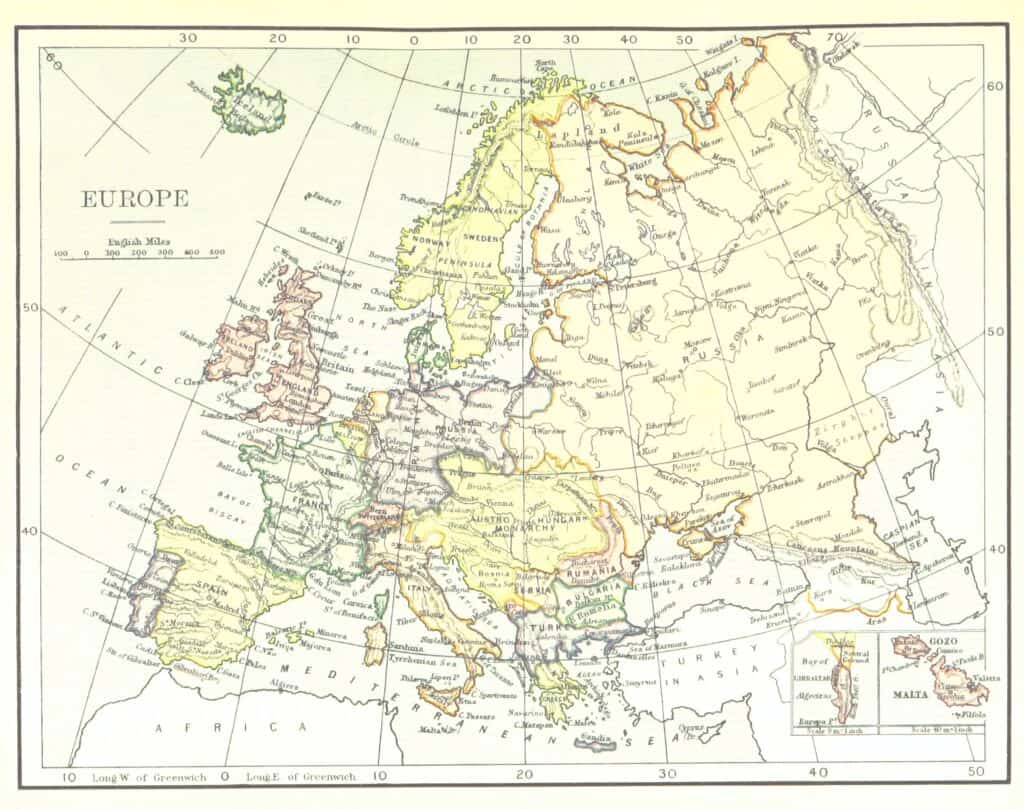


The image selection and layout support both lesson ideas. I really like how you set each up. Lots of support for a teacher who might want to use these or students working in self-guided manner. A great array of pre- and post-activity questions.